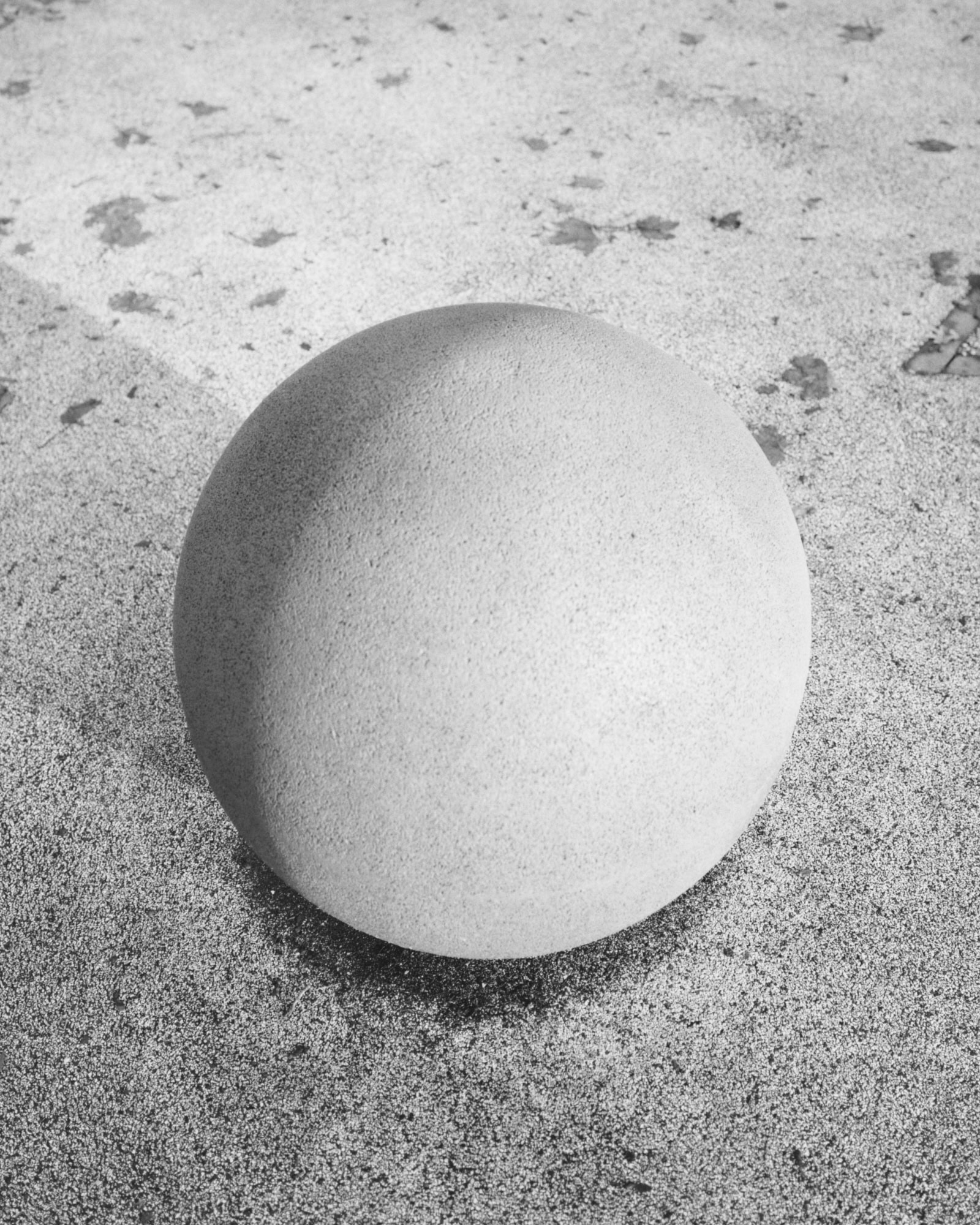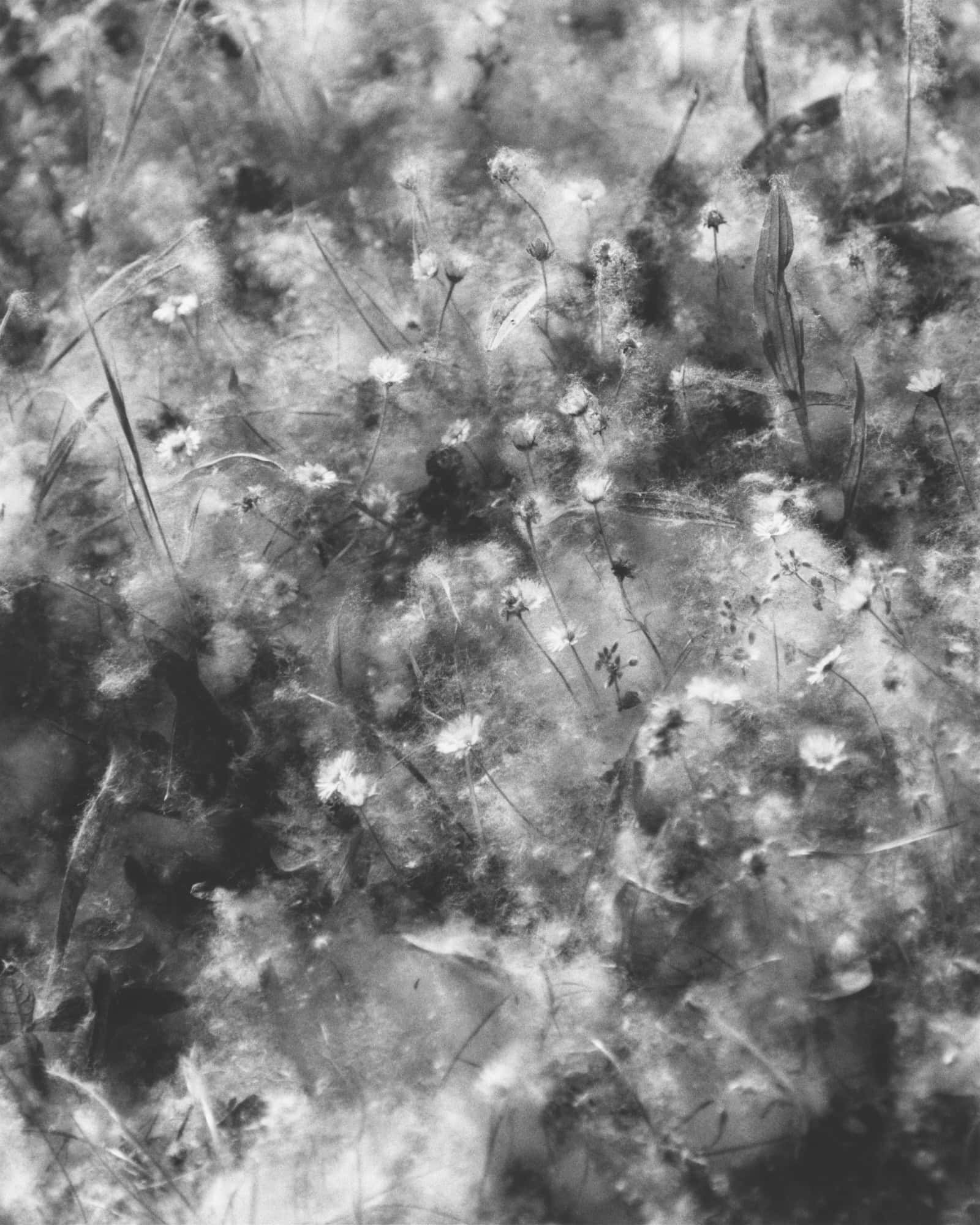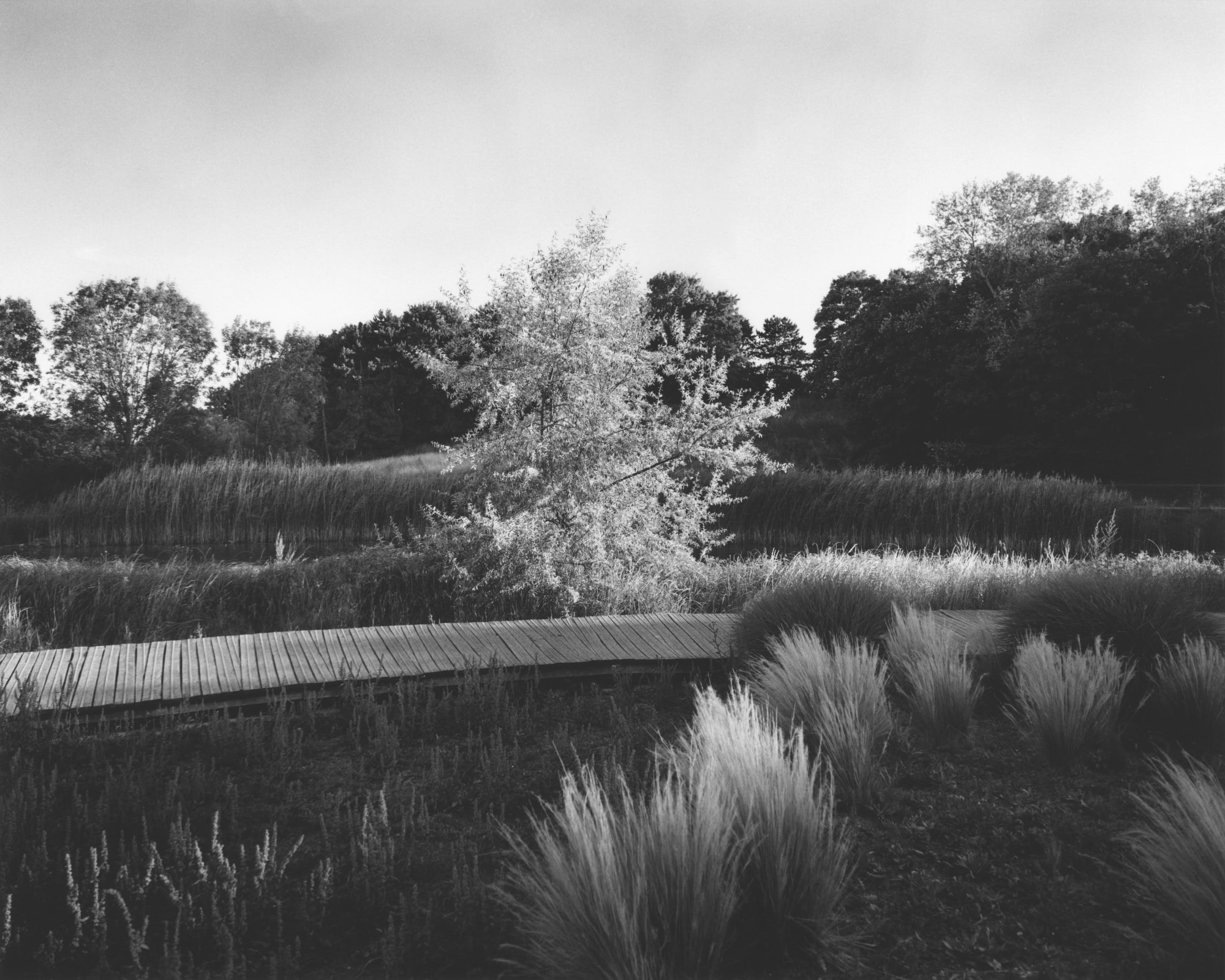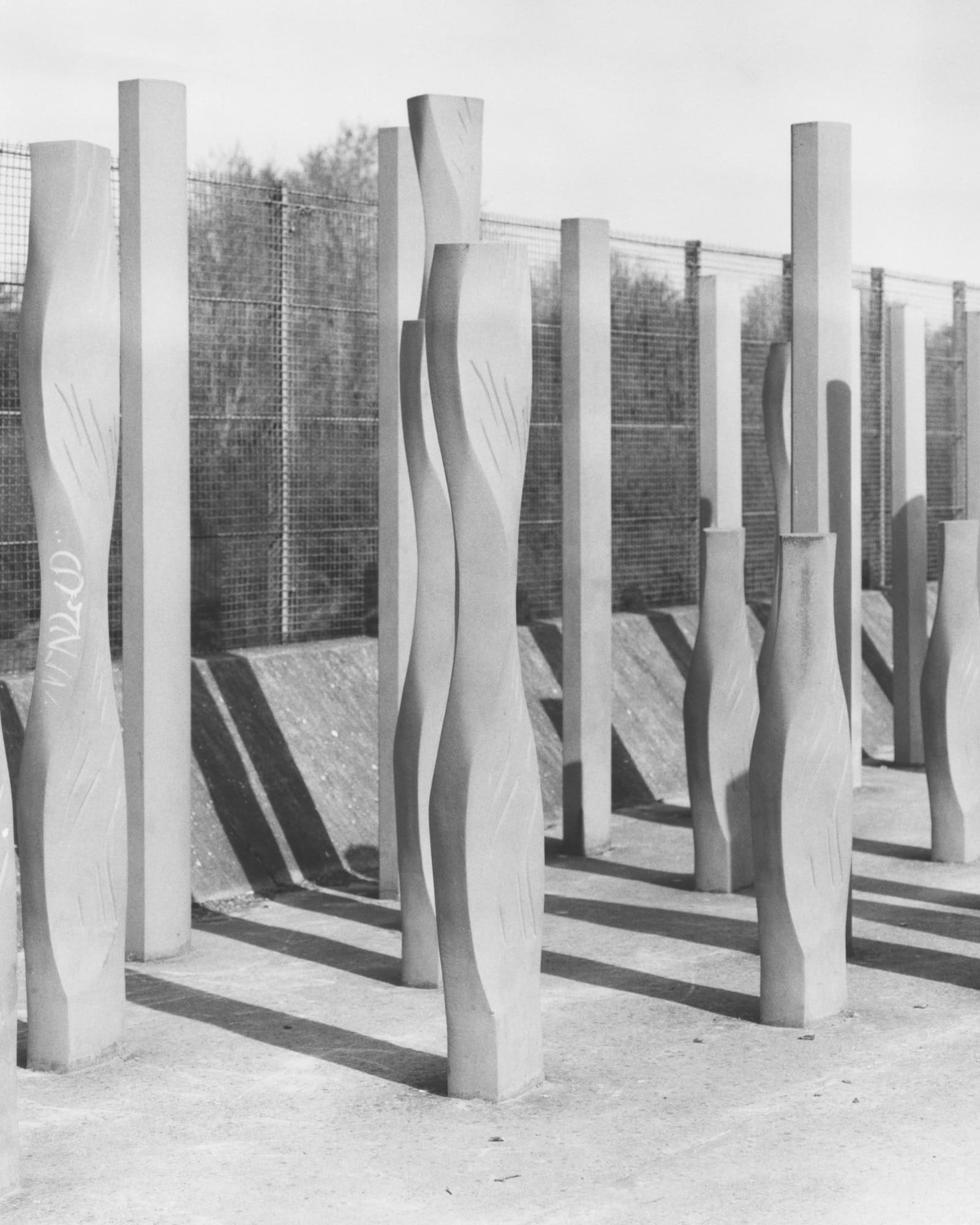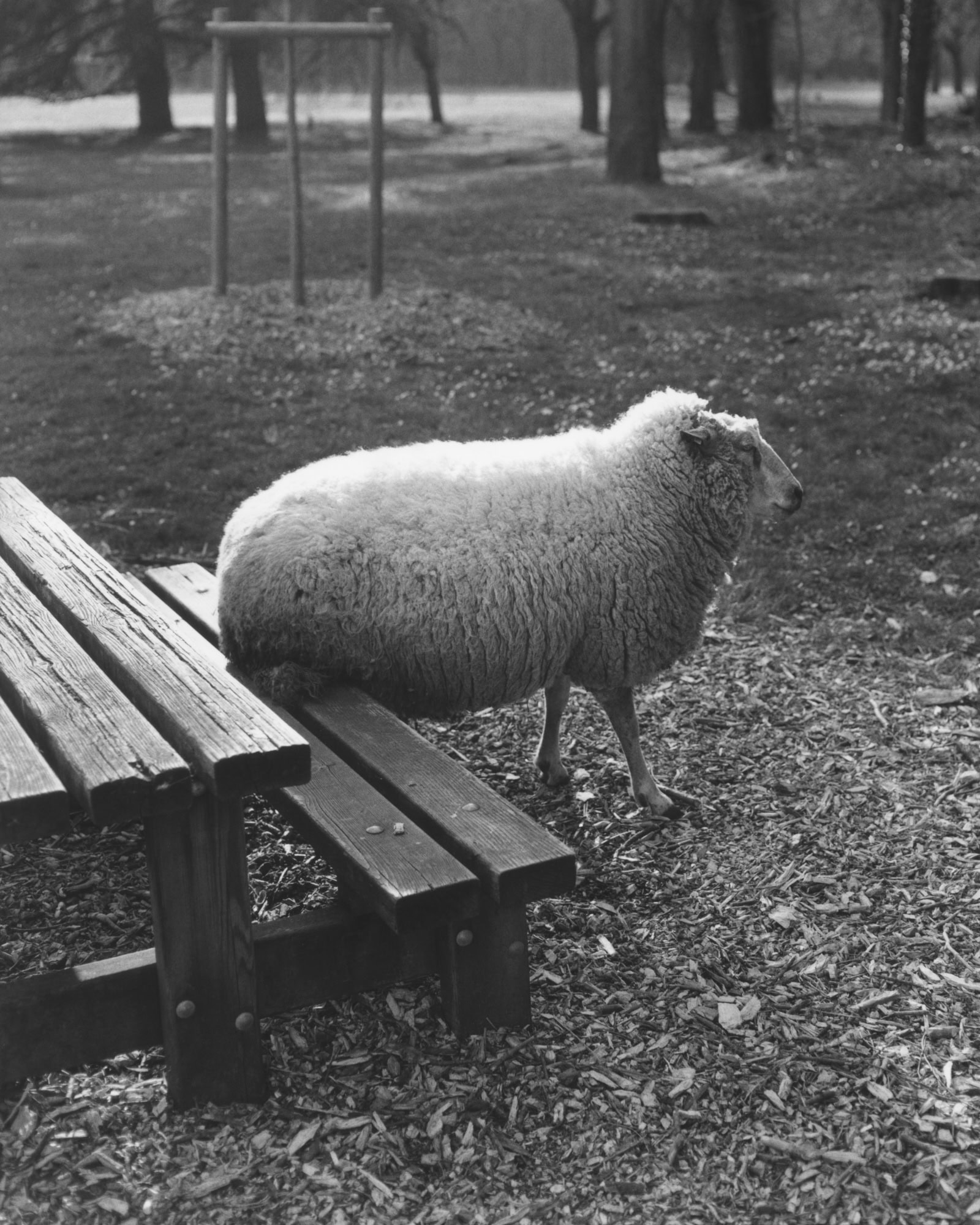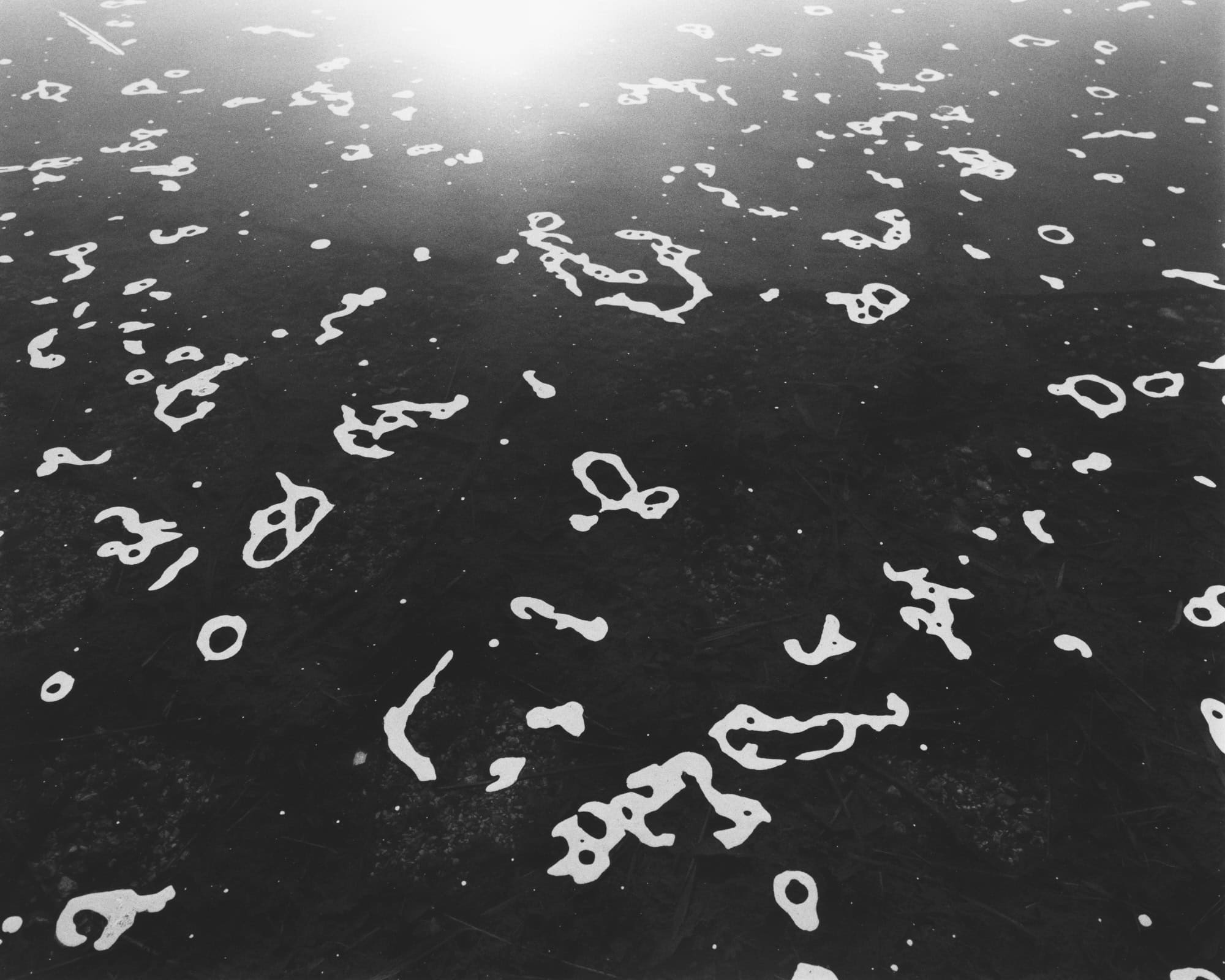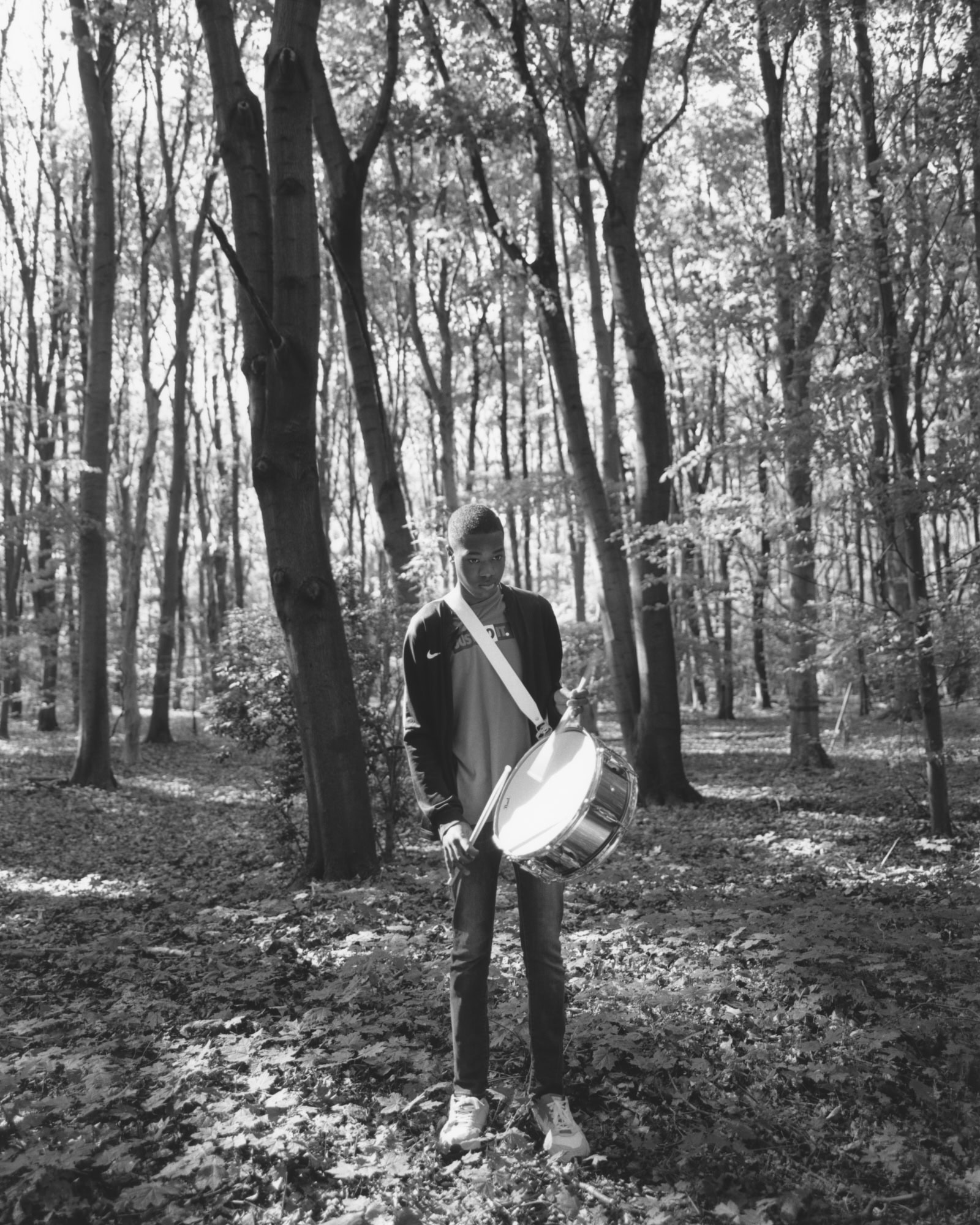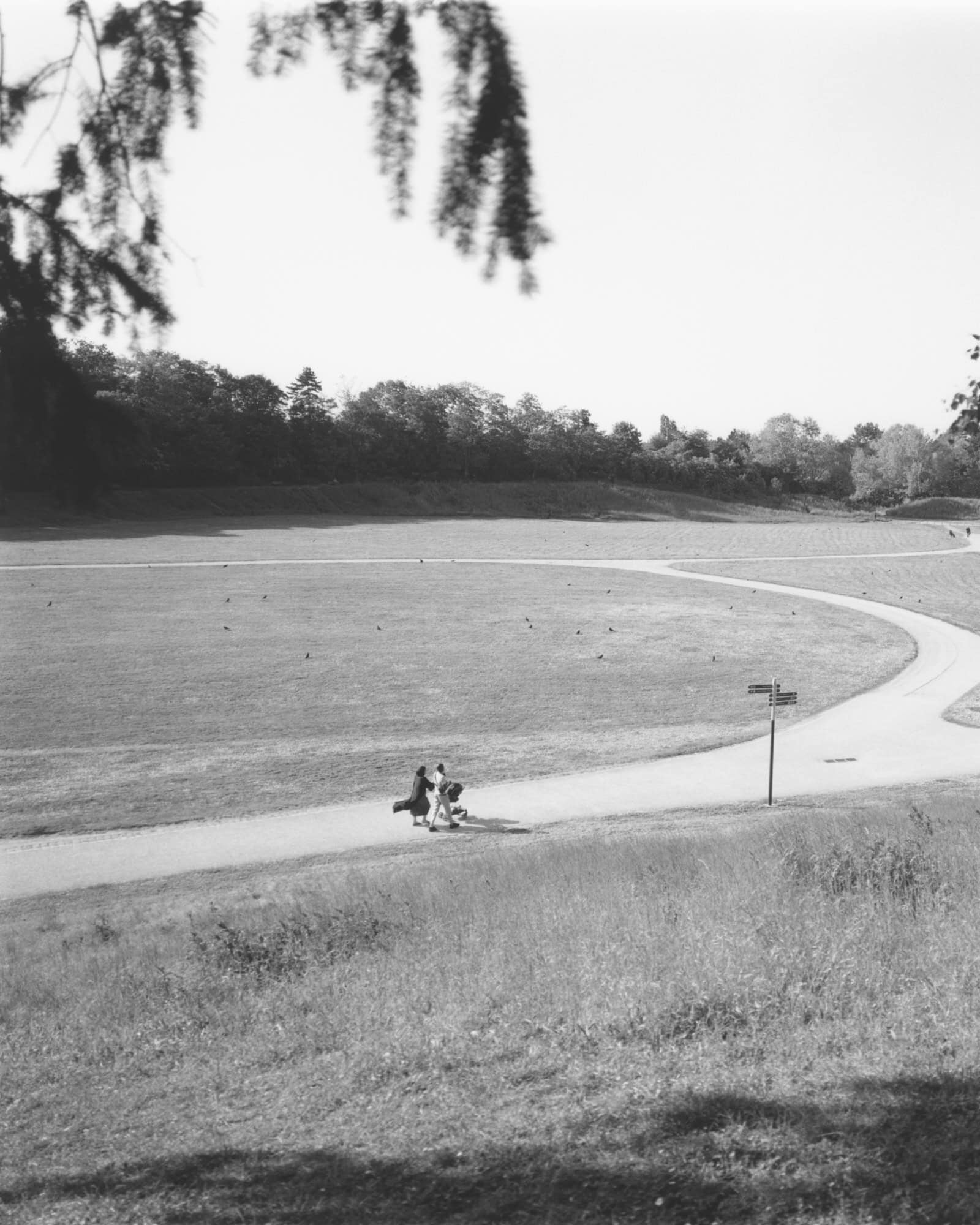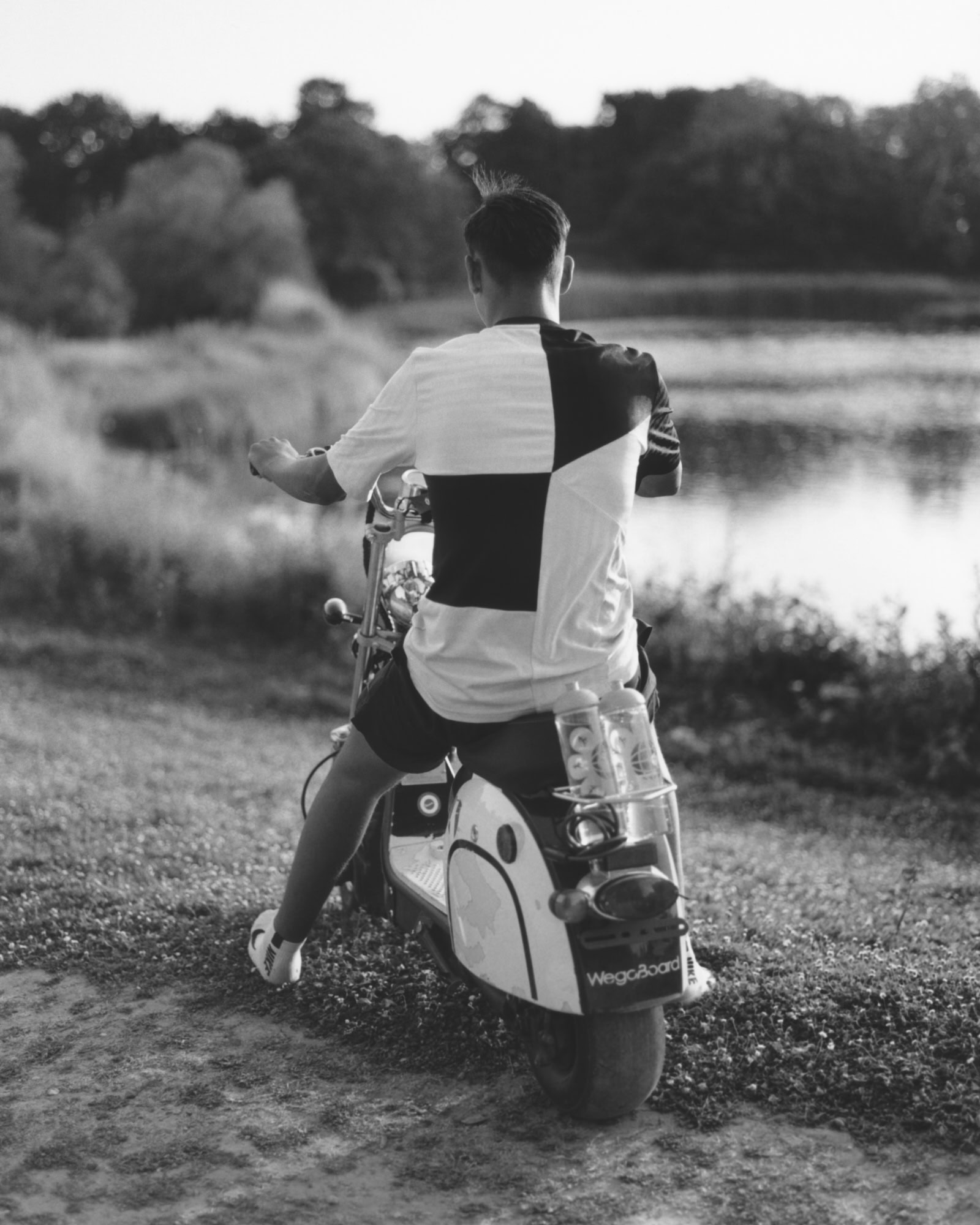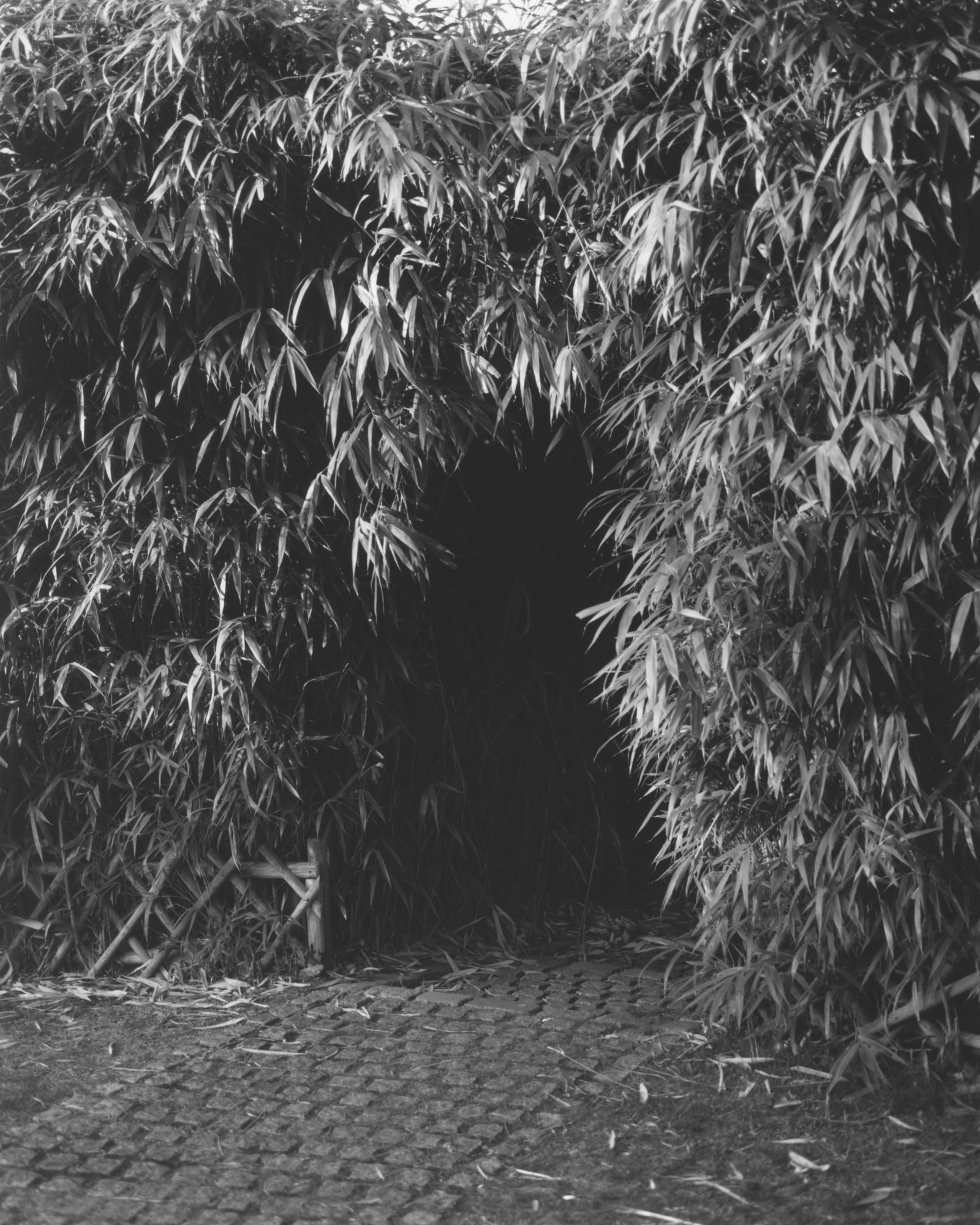In the Parc de La Courneuve, a green sanctuary on the outskirts of Paris, Alexandre Silberman’s black-and-white photographs reveal the tension between artifice and nature. Nature, released in December 2024, explores this duality by blending documentary realism with elements of fable. Self-published with funding from his Taylor Wessing Portrait Prize win, the book has already garnered attention both in Paris and internationally.
The park’s history is marked by transformation, evolving from marshland to agricultural fields, then a slum, and finally into a landscaped retreat. Spanning five communes, Parc de La Courneuve is a paradox: an engineered escape from the urban sprawl surrounding it. The book captures this complexity, juxtaposing human influence with nature’s untamed vitality. Inspired by Louis Aragon’s words—“Every lingering remnant in adults’ memory of the atmosphere of enchanted forests, every last vestige in them of belief in miracles, every breath of theirs which still inhales a perfume of fairytales reveals itself beneath the wretched, crazed disguise of these feebly invented landscapes”—the work reveals a space where natural and artificial elements blur, creating moments of quiet resilience and autonomy.
At its core, Nature reflects on the evolution of spaces and the stories they hold. It operates on a dual language level: first, the fenced, arranged, and structured environment created by landscapers, and then the reinterpretation by its occupants. Here, dense vegetation and stone sculptures, dark woods and clear lines, modern practices and the primitive power of trees confront and blend with each other.
The book unfolds as a dialogue between history and transformation. This exploration of contrasts—both discordant and harmonious—offers a nuanced perspective on the connections between urban environments and the natural world. As the book reaches more viewers, it resonates with those captivated by the quiet beauty of these enduring tensions.
